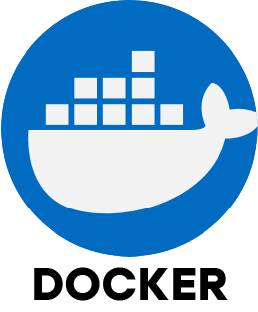1. What is a Full Stack Developer?
Ans:
A Full Stack Developer is an expert with both frontend and backend technologies, capable of creating complete web applications. They take care of everything, including managing and creating the user interface the server, database and application logic. This versatility allows them to work independently or collaborate effectively within a team, overseeing the entire development process from start to finish.
2. What Key Technologies Should a Full Stack Developer Know?
Ans:
To become a successful Full Stack Developer, one needs expertise in multiple technologies. On the frontend, knowledge of HTML, CSS and JavaScript frameworks like React, Angular or Vue is essential. For backend development, tools such as Node.js, Express, Python, Java or PHP are widely used. Additionally, managing data with databases like MongoDB, MySQL or PostgreSQL is a critical skill for full stack development.
3. What Are Common HTTP Methods Used in Web Development?
Ans:
HTTP methods define requests are made and handled in web applications. The GET method is used to fetch data from a server while POST sends new data. PUT is responsible for updating existing information, DELETE removes data and PATCH allows partial updates. Understanding these methods is vital for building efficient and functional web services.
4. What Role Does Middleware Play in Web Applications?
Ans:
Middleware serves as a bridge between user requests and server responses in web applications. It performs important tasks such as logging activities, authenticating users, handling errors and processing request data before it reaches the core application logic. By doing so, middleware improves the structure and maintainability of the application, making it easier to manage.
5. What is the Model-View-Controller (MVC) Architecture?
Ans:
An application is divided into three parts by the MVC design. Main parts Model, View and Controller. The Controller processes user input and modifies the Model and View in accordance with it, while the View manages the display and user interface and the Model maintains data and business rules. Applications are easier to scale and maintain due to this division, which helps as well in code organization.
6. How is State Managed in a React Application?
Ans:
Managing state in React applications is crucial for keeping the user interface in sync with data changes. Local state can be managed using hooks like useState and useReducer. For more complex scenarios global state management tools such as Redux or React’s Context API are used to share state across different components, ensuring a smooth and consistent user experience.
7. What is the Purpose of Package Managers Like npm or Yarn?
Ans:
When developing JavaScript, package managers like Yarn and npm are crucial for controlling project dependencies. Software package installation, upgrading and removal are made easier by them. Project management is also made more effective by these technologies, which let developers manage version control and automate processes using custom scripts.
8. How is Authentication Implemented in Web Applications?
Ans:
Authentication verifies the identity of users to protect sensitive information and resources. On the frontend it usually involves login forms and storing tokens like JWT or session cookies securely. On the backend, passwords are hashed and authentication tokens are issued to validate users. Middleware plays a key role in checking these tokens and restricting access, with tools like Passport, Firebase Auth or Auth0 helping streamline the process.
9. What is the Concept of Responsive Design?
Ans:
Website functionality and aesthetics are ensured by responsive design across a variety of devices, including smartphones, tablets and PCs. Instead of using fixed sizes, it employs relative units, flexible grid layouts and media queries to adapt the content to different screen sizes. This approach enhances usability and provides a better user experience regardless of the device being used.
10. What is CORS and How is it Handled?
Ans:
A browser security feature called Cross-Origin Resource Sharing (CORS) prevents web pages from sending requests to a domain other than the one that supplied the page. To handle CORS servers must include specific headers allowing trusted domains to access resources. Developers can also use proxy servers or middleware solutions to manage these restrictions during development and ensure smooth communication between client and server.





















